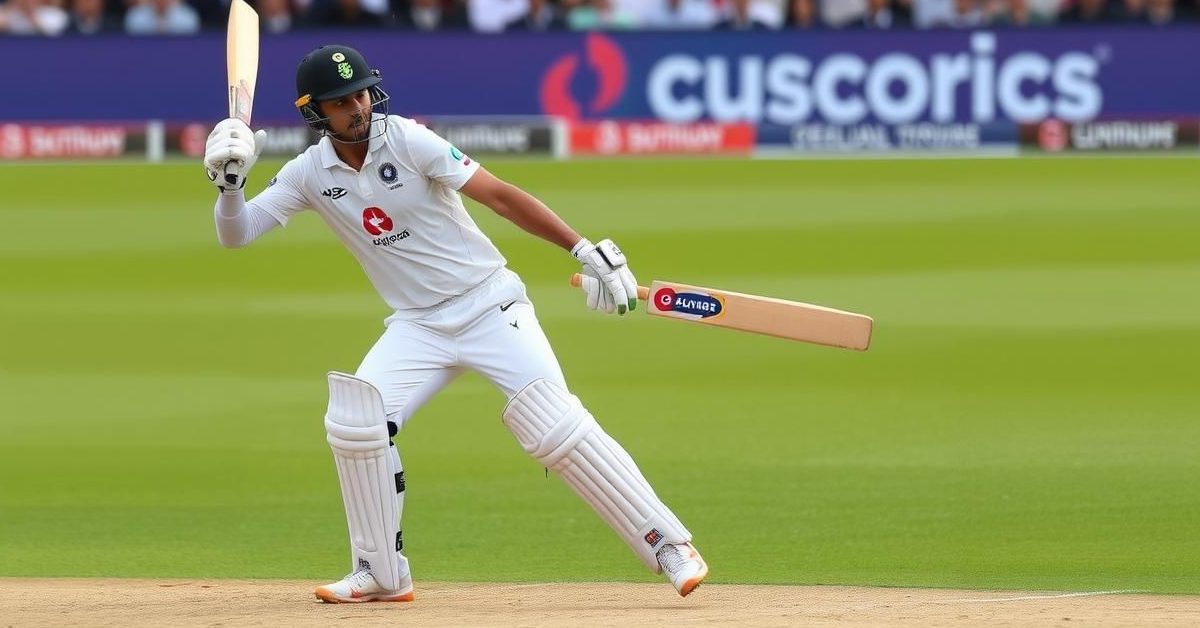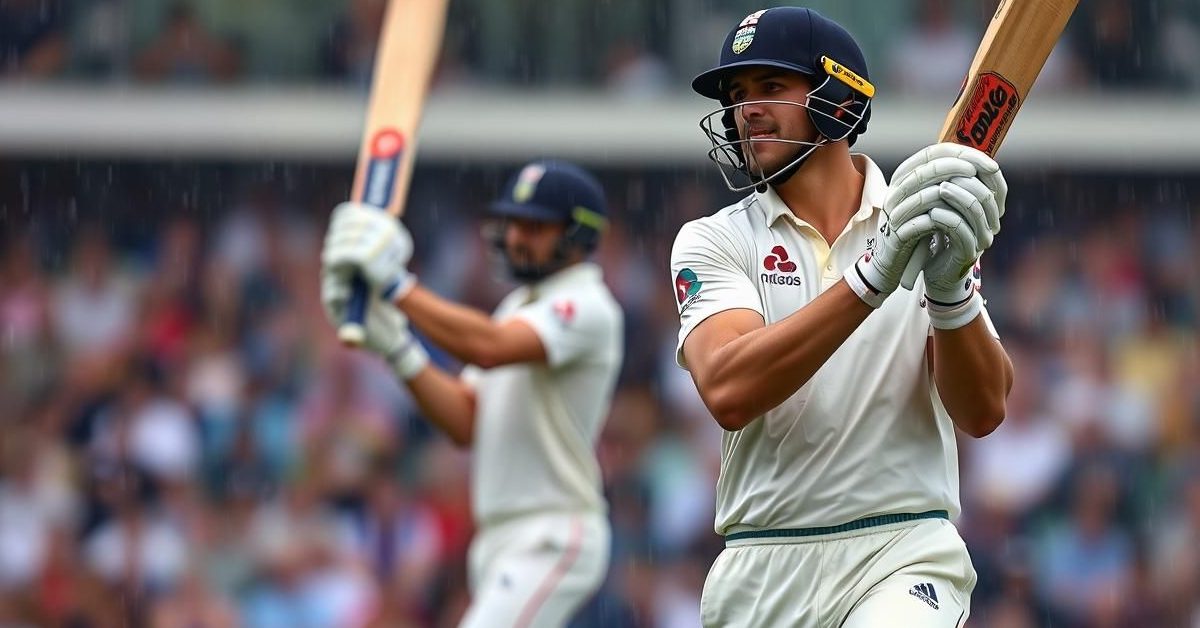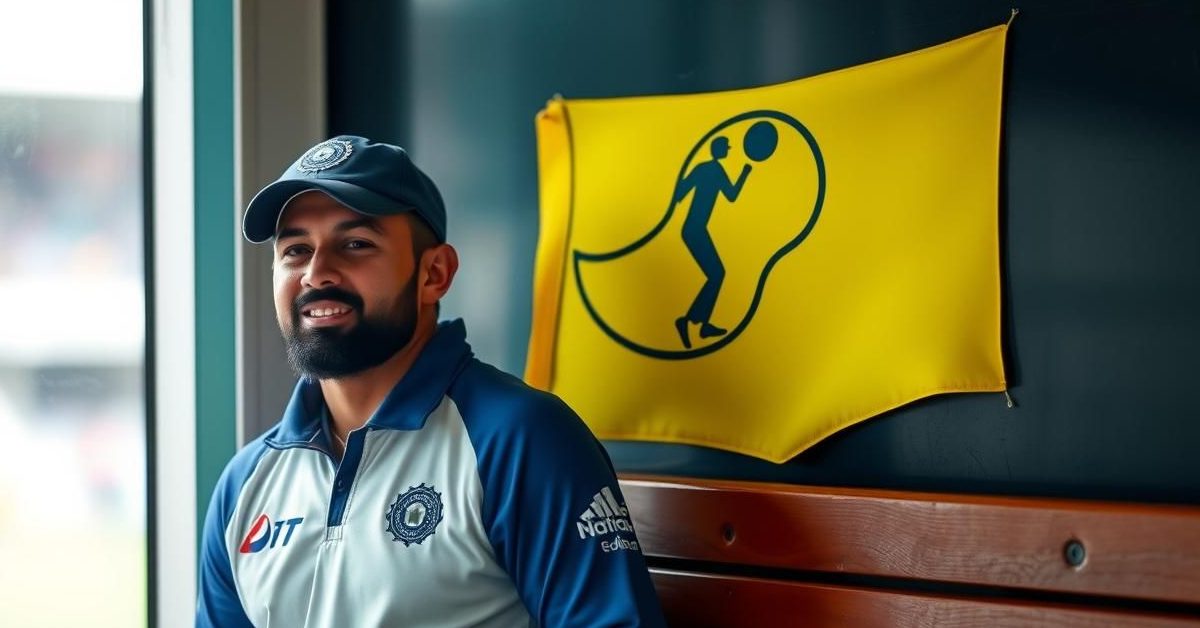The Costly Drops: India’s Fielding Woes Under the Spotlight
The intense cricketing rivalry between India and England recently saw the visitors falter in the opening Test at Leeds, unable to defend a formidable target of 371 runs in the fourth innings. A significant factor in India’s defeat, leading to England taking a 1-0 series lead, was a string of crucial dropped catches. Among those who faced the most scrutiny was young sensation Yashasvi Jaiswal, whose fielding performance became a regrettable subplot in the high-stakes encounter.
Jaiswal’s challenging outing began in the first innings when Ollie Pope, attempting to steer a delivery from Jasprit Bumrah through the cordon, edged the ball firmly. Positioned in the gully region, Jaiswal got his hands to it, but the ball unfortunately ricocheted off his wrists. Pope, granted a vital reprieve, went on to score a magnificent 106 runs, a knock that severely impacted India’s momentum. Later in the same innings, the Indian opener misjudged another chance, this time off Harry Brook, who sent a thick edge towards Jaiswal at fourth slip. It was a seemingly straightforward opportunity that slipped through his grasp, handing Brook an invaluable lifeline.
The fielding misfortunes continued into the second innings. A short delivery from Mohammed Siraj saw England’s Ben Duckett attempt a shot towards the leg-side boundary. Jaiswal sprinted in, covered ground swiftly, and got both hands to the ball, but frustratingly, couldn’t hold on. The moment was palpable, with Siraj visibly expressing his exasperation. Duckett capitalized fully on the second chance, smashing a match-winning 149 runs that ultimately sealed the game for England.
Alyssa Healy’s Expert Take: Gully Fielding Under Scrutiny
The critical fielding errors did not go unnoticed by the global cricketing fraternity. Alyssa Healy, the astute captain of the Australian women’s team, weighed in on India’s struggles, particularly focusing on the demanding gully position. Speaking on the LiSTNR Sport podcast, Healy offered her seasoned perspective on why Jaiswal might not be the ideal fit for such a crucial fielding spot.
“I reckon he’s a bit of a makeshift gully. I don’t think he needs to be at gully,” Healy stated, emphasizing the specialized nature of the position. She went on to explain her philosophy: “Put your Jadeja or someone there. Put your best fielder in gully or your biggest guy like Cam Green. Yeah, because they can swallow it.” Healy’s insights highlight that gully isn’t just about sharp reflexes, but often about possessing a strong, robust build capable of absorbing the impact of fast-moving, hard-hit edges.
India’s Response: Managing Confidence and Strategic Shifts
It appears the Indian team management has taken these observations, and the on-field events, to heart. Healy noted that changes were already underway, observing, “Jaiswal’s already been moved out of there just from what people are watching the practice sessions are looking like. So, they’re already trying to make those changes and look at ways that they could be better.”
Echoing this sentiment, India’s assistant coach Ryan ten Doeschate provided further context ahead of the ongoing second Test at Edgbaston. He confirmed the team’s strategic decision to alleviate some of the pressure on Jaiswal. “We always want depth in the catching department. In England, you’re always going to have four catches at some stage in the game,” Doeschate explained, acknowledging the unique demands of English conditions.
He elaborated on the delicate balance of managing a young player’s confidence: “Yashasvi has been a very good catcher for us. We want to manage his confidence. There’s also an argument for the short-leg, you know, being a very important position, particularly if you are going to play two spinners. Maybe just give Yashasvi a break from catching at gully. His hands are quite sore. We want to get his confidence back up.” This indicates a thoughtful approach, recognizing both the physical toll of fielding in a high-impact position and the psychological impact of dropped catches on a player’s morale. It underscores the multi-faceted challenges teams face in optimizing their fielding setups, particularly in Test cricket where every catch can turn the tide of a match.













